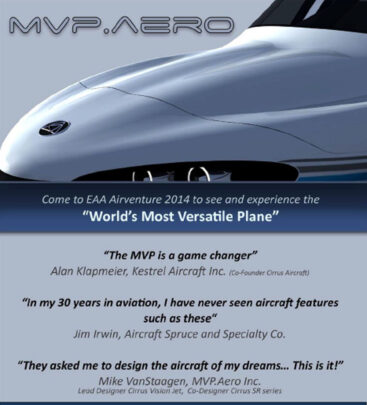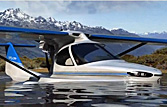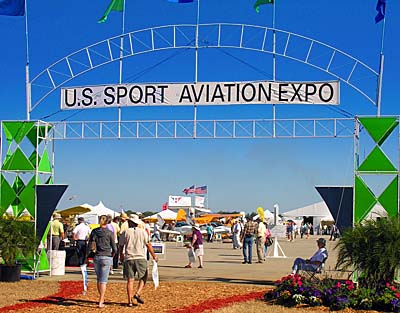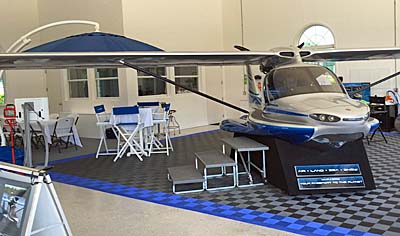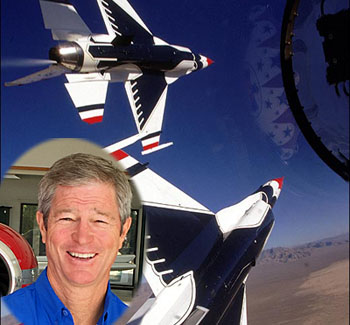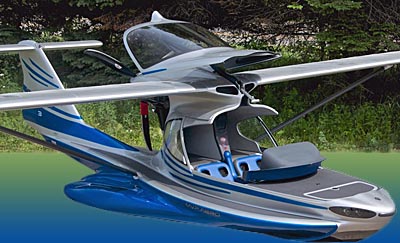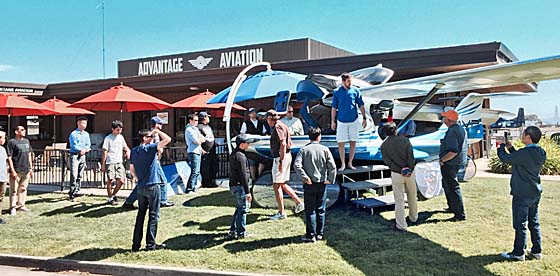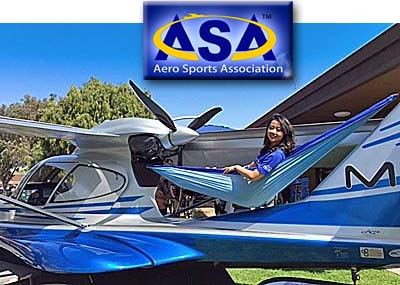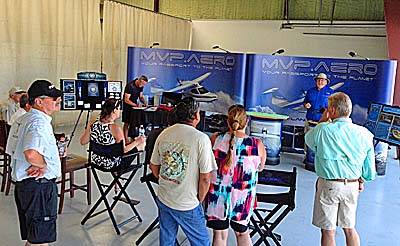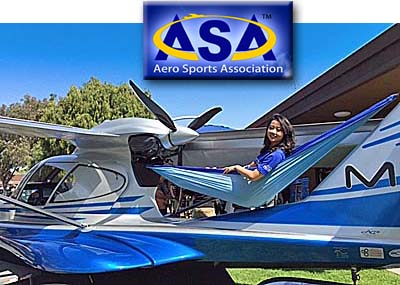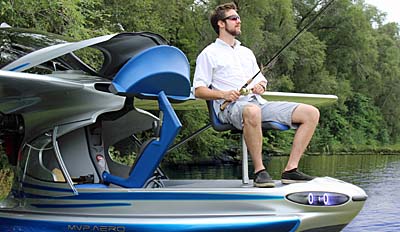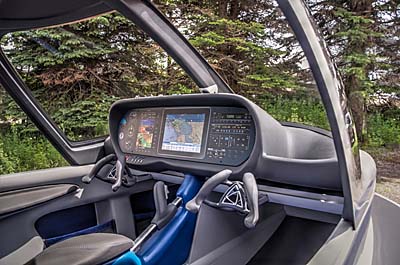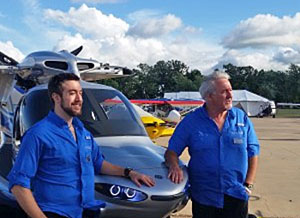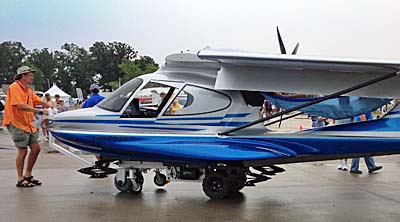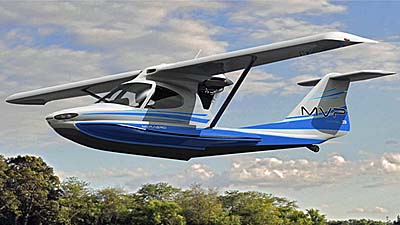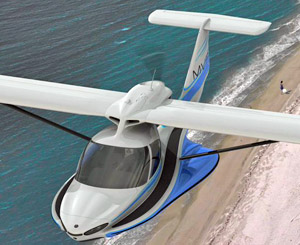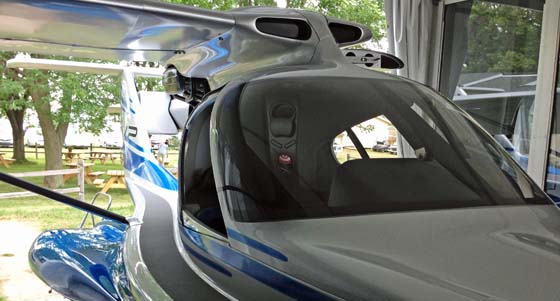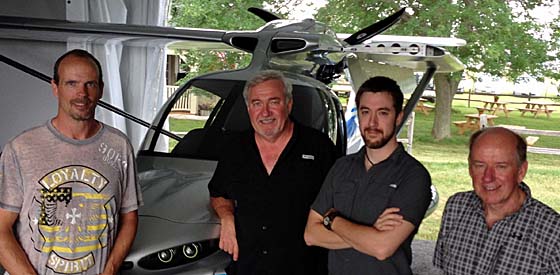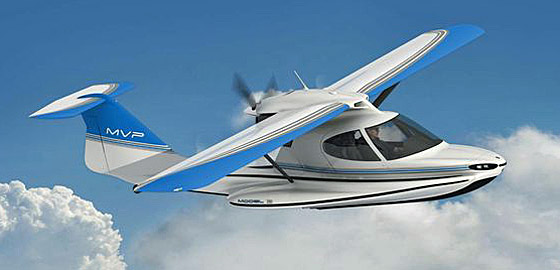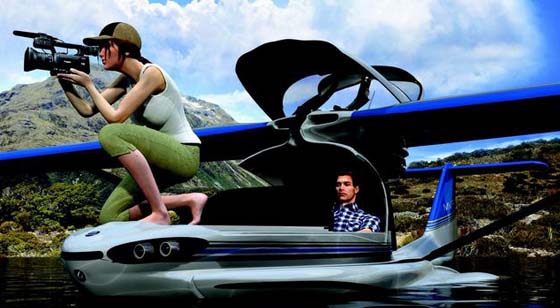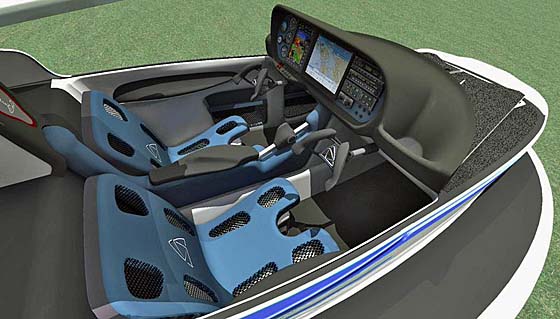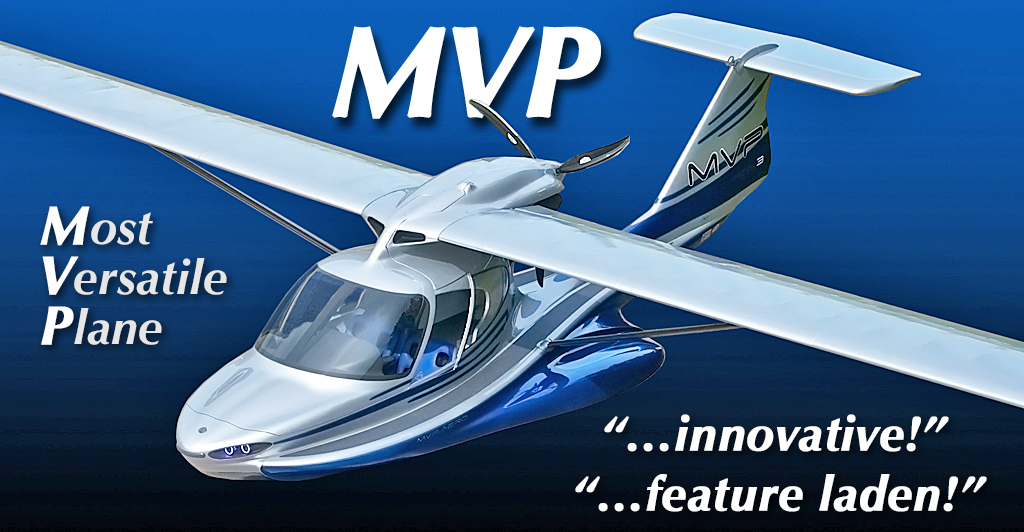
Long before “Mosaic” was a term anyone used*, one airplane stood out for its highly-original design, innovative features, and amazing versatility. Welcome to the once-wonderful world of MVP, the Most Versatile Plane. I am featuring this aircraft as part of an on-going series of our Top 50 Videos (of 1,500) on Dave Loveman’s Light Sport and Ultralight Flyer YouTube channel. The bad news is… MVP never made it to market, a shame… yet despite heroic fund-raising efforts, sufficient support never materialized. The good news… other designers observed what MVP offered. Around the time MVP was actively fund raising, Vickers Aircraft down under in New Zealand had begun work on their Wave that is now nearing market release. Icon’s A5 was already mostly frozen for design but some European entries later showed innovations first promoted for MVP. Developer Darrell Lynds scoured the world for investors. I went with him and other aviation pioneers to China in 2017 where Darrell worked non-stop trying to raise money.


 The bad news is… MVP never made it to market, a shame… yet despite heroic fund-raising efforts, sufficient support never materialized.
The good news… other designers observed what MVP offered. Around the time MVP was actively fund raising, Vickers Aircraft down under in New Zealand had begun work on their Wave that is now nearing market release. Icon's A5 was already mostly frozen for design but some European entries later showed innovations first promoted for MVP.
The bad news is… MVP never made it to market, a shame… yet despite heroic fund-raising efforts, sufficient support never materialized.
The good news… other designers observed what MVP offered. Around the time MVP was actively fund raising, Vickers Aircraft down under in New Zealand had begun work on their Wave that is now nearing market release. Icon's A5 was already mostly frozen for design but some European entries later showed innovations first promoted for MVP.
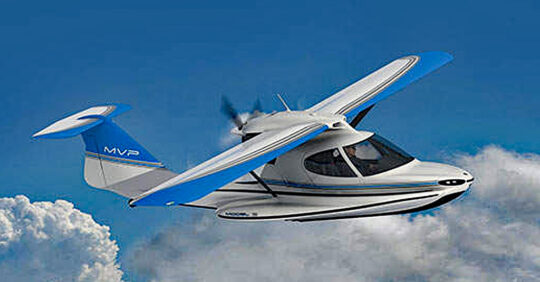 Developer Darrell Lynds scoured the world for investors. I went with him and other aviation pioneers to China in 2017 where Darrell worked non-stop trying to raise money. It was a time when many aircraft manufacturers went to China seeking investment (Icon and Cirrus come to mind, plus many others). Yet while more established companies raked in money, Darrell did not find enough to make the project a go. For all who think LSA manufacturers charge too much, MVP is an example of what must be done to get in the market — it ain't easy and failures are common.
Developer Darrell Lynds scoured the world for investors. I went with him and other aviation pioneers to China in 2017 where Darrell worked non-stop trying to raise money. It was a time when many aircraft manufacturers went to China seeking investment (Icon and Cirrus come to mind, plus many others). Yet while more established companies raked in money, Darrell did not find enough to make the project a go. For all who think LSA manufacturers charge too much, MVP is an example of what must be done to get in the market — it ain't easy and failures are common.
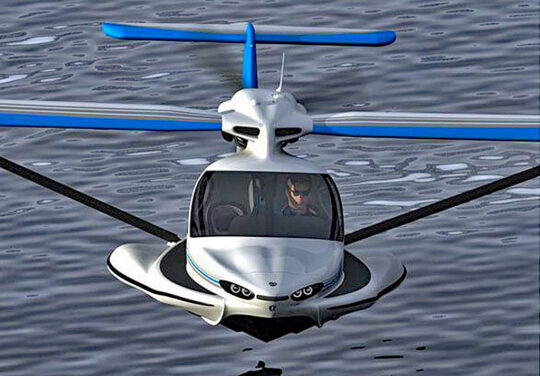
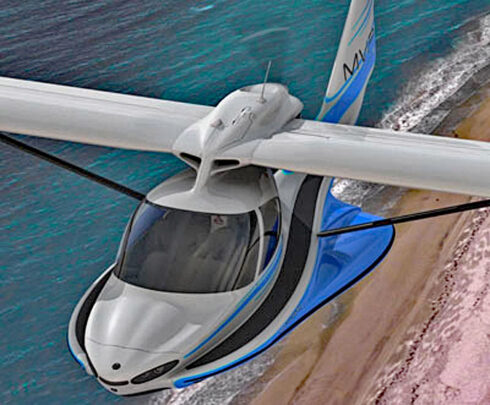 It was quite an engineering achievement, led by the extremely talented Mike Van Staagen, lead designer of the Cirrus Vision Jet.
Carbon fiber was used extensively and Mike took countless steps to hold down weight. This was noteworthy because at the time, Icon was lobbying hard for higher weight — ultimately granted by FAA in Mosaic. The MVP team thought they could offer multiple innovative features while remaining within LSA's 1,430 pound (650 kilogram) weight limit for LSA seaplanes.
It was quite an engineering achievement, led by the extremely talented Mike Van Staagen, lead designer of the Cirrus Vision Jet.
Carbon fiber was used extensively and Mike took countless steps to hold down weight. This was noteworthy because at the time, Icon was lobbying hard for higher weight — ultimately granted by FAA in Mosaic. The MVP team thought they could offer multiple innovative features while remaining within LSA's 1,430 pound (650 kilogram) weight limit for LSA seaplanes.
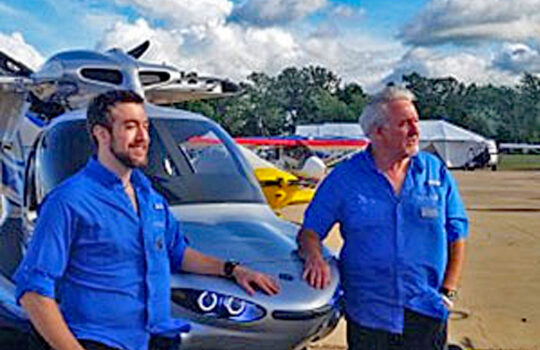
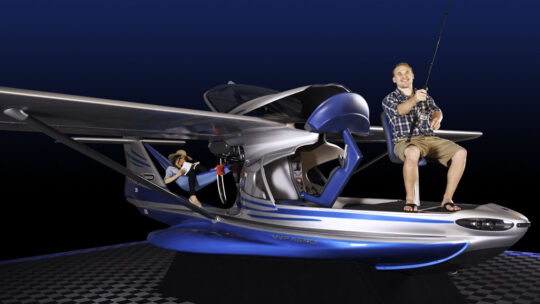 Perhaps MVP’s most compelling feature is transforming into a versatile floating platform. What does this mean?
MVP's canopy hinges upwards and back on a 4-bar link to sit atop the engine pylon. This frees up the nose of the MVP to resemble the front of a classic bass-fishing boat. Yet even with the canopy open, MVP’s engine can be operated to continue to shore or dock, or to motor along to the next cove or fishing spot.
Perhaps MVP’s most compelling feature is transforming into a versatile floating platform. What does this mean?
MVP's canopy hinges upwards and back on a 4-bar link to sit atop the engine pylon. This frees up the nose of the MVP to resemble the front of a classic bass-fishing boat. Yet even with the canopy open, MVP’s engine can be operated to continue to shore or dock, or to motor along to the next cove or fishing spot.
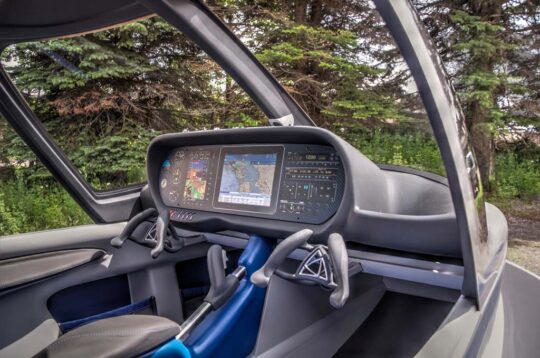 This unusual configuration also enables a passenger to step up onto the forward deck to assist in docking and beaching duties. Excellent stability of the hull keeps the MVP relatively flat as both occupants move about. To create the perfect fishing or observation perch, either seat can be repositioned onto a pedestal up on the forward deck (nearby image).
Going a step further, MVP's instrument panel is a self-contained pod that pivots up and out of the way, not only to help protect delicate electronics from dripping swim suits and flip flops, but also to provide a way to create a larger flat deck.
Four hinged folding panels called the "origami deck" stow atop the forward deck under the canopy and can be deployed in two halves to fully cover the seats of the cockpit, enabling a completely flat floor from the bow to the back of the baggage compartment. This floor is level whether floating on the water or parked on level ground.
This unusual configuration also enables a passenger to step up onto the forward deck to assist in docking and beaching duties. Excellent stability of the hull keeps the MVP relatively flat as both occupants move about. To create the perfect fishing or observation perch, either seat can be repositioned onto a pedestal up on the forward deck (nearby image).
Going a step further, MVP's instrument panel is a self-contained pod that pivots up and out of the way, not only to help protect delicate electronics from dripping swim suits and flip flops, but also to provide a way to create a larger flat deck.
Four hinged folding panels called the "origami deck" stow atop the forward deck under the canopy and can be deployed in two halves to fully cover the seats of the cockpit, enabling a completely flat floor from the bow to the back of the baggage compartment. This floor is level whether floating on the water or parked on level ground.
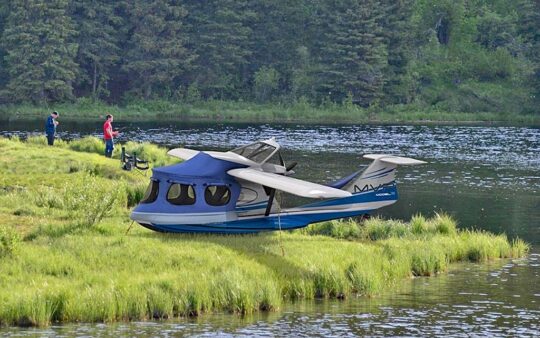 "Traveling from marina to marina on a big adventure couldn’t be easier with the MVP’s on-the-water folding wings," said MVP back in 2014. "Taxi up close and shut down the engine. Fold the wings and propel the MVP towards the slip using an on-board trolling motor. Also integrated within the bilge is a useful bow thruster to help make docking a breeze."
With all these features, you might expect compromises for flight and handling qualities of the MVP. "Nothing could be farther from the truth," boasted company officials. "MVP should prove to be a top performer and a joy to fly in its class. High-aspect ratio, high-lift wings, excellent stability, crisp controls, comfortable seats, and excellent visibility will all contribute to making the MVP a sheer joy to fly." They surely believed what they said and it's not impossible but we never got to find out.
"Traveling from marina to marina on a big adventure couldn’t be easier with the MVP’s on-the-water folding wings," said MVP back in 2014. "Taxi up close and shut down the engine. Fold the wings and propel the MVP towards the slip using an on-board trolling motor. Also integrated within the bilge is a useful bow thruster to help make docking a breeze."
With all these features, you might expect compromises for flight and handling qualities of the MVP. "Nothing could be farther from the truth," boasted company officials. "MVP should prove to be a top performer and a joy to fly in its class. High-aspect ratio, high-lift wings, excellent stability, crisp controls, comfortable seats, and excellent visibility will all contribute to making the MVP a sheer joy to fly." They surely believed what they said and it's not impossible but we never got to find out.
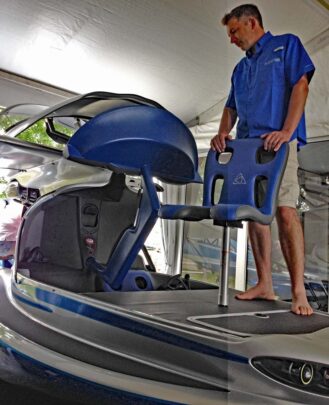
 The most popular MVP video with 270,000 views features developer Darrell Lynd and Dan reviewing the Most Versatile Plane at EAA AirVenture Oshkosh 2014. This video ranked #9 in our Top 50 from around 1,000 produced. Our Top 50 Videos have been viewed more than 10 million times.
https://youtu.be/entaJLKi5e8?si=Q6Lp4DTlCtFt6PrS
Want more? You got it…! This interview with company president Steve Pugh has wonderful renderings to show you what MVP could have been. This video generated another 84,000 views.
https://youtu.be/eiNrsEvW2pI?si=ZMhAqbO4IgFKBLqW
A promotional flyer distributed at Oshkosh showed the endorsement of several prominent individuals.
The most popular MVP video with 270,000 views features developer Darrell Lynd and Dan reviewing the Most Versatile Plane at EAA AirVenture Oshkosh 2014. This video ranked #9 in our Top 50 from around 1,000 produced. Our Top 50 Videos have been viewed more than 10 million times.
https://youtu.be/entaJLKi5e8?si=Q6Lp4DTlCtFt6PrS
Want more? You got it…! This interview with company president Steve Pugh has wonderful renderings to show you what MVP could have been. This video generated another 84,000 views.
https://youtu.be/eiNrsEvW2pI?si=ZMhAqbO4IgFKBLqW
A promotional flyer distributed at Oshkosh showed the endorsement of several prominent individuals.
